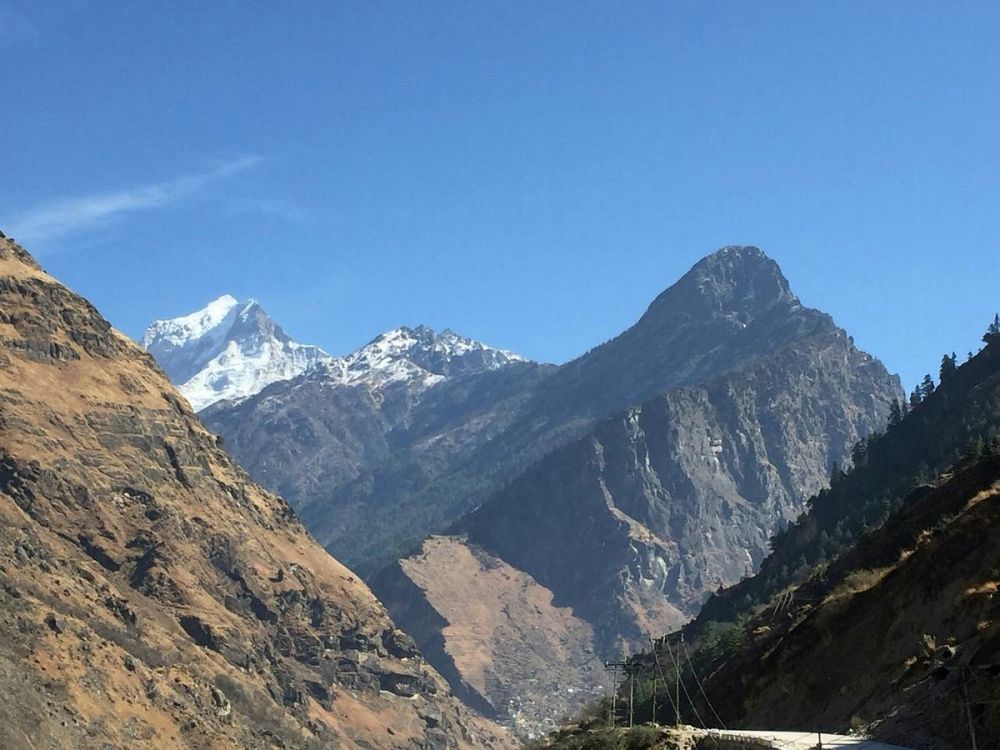

The history of tourism at Tapovan Hot Springs in Auli is intertwined with the ancient cultural and spiritual heritage of Uttarakhand, a state often referred to as 'DevBhoomi' or 'Land of Gods'. These natural hot springs have been a destination for sages and pilgrims for centuries, seeking the therapeutic benefits and spiritual solace provided by the geothermal waters.
In the past, Tapovan was primarily visited by those on spiritual journeys, with the site being famous for its location near the meditative grounds of sage Dronacharya, a revered character from the Hindu epic, the Mahabharata. Overtime, with Auli developing as a prominent skiing destination, the hot springs started attracting a diverse set of tourists who sought the unique experience of dipping in warm sulfurous water amidst the snowy Himalayan landscape.
Modern tourism at Tapovan began to flourish particularly in the late 20th century as adventurers and spirituality seekers from around the globe started exploring the Indian Himalayas more extensively. The combination of Auli's pristine natural beauty, its reputation as a winter sports paradise, and the allure of Tapovan's hot springs have made it an increasingly popular tourist destination over the years.
The latest trend in tourism at Tapovan revolves around wellness and eco-tourism. Tourists are becoming more environmentally conscious and are seeking experiences that are not only unique and rejuvenating but also sustainable. The focus is now on:
In conclusion, the Tapovan Hot Springs at Auli are riding the waves of changing tourist preferences, with an evolving emphasis on sustainability, wellness, and authentic cultural engagement. This bolsters a symbiotic relationship between the preservation of the scenic Himalayan environment and the thriving local economy which benefits from tourism.